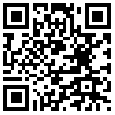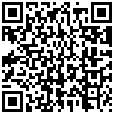Details
Download Docx
Read More
The traditional meal ritual in Korean monasteries is called Barugongyang. “Baru” refers to the bowl that Buddhist monks use for their meals. Originated from the word “Patra”, which means “utensil” in Sanskrit. The word “Gongyang” means offering food to the Buddha. In Korean monasteries, meals are important to the monks as this enables them to nourish their body and mind, thereby helping them to continue their spiritual practice to attain enlightenment. Today we will take time to explore the meaning and philosophy of the “Temple Food” that is traditionally inherent in Korean Buddhism.














